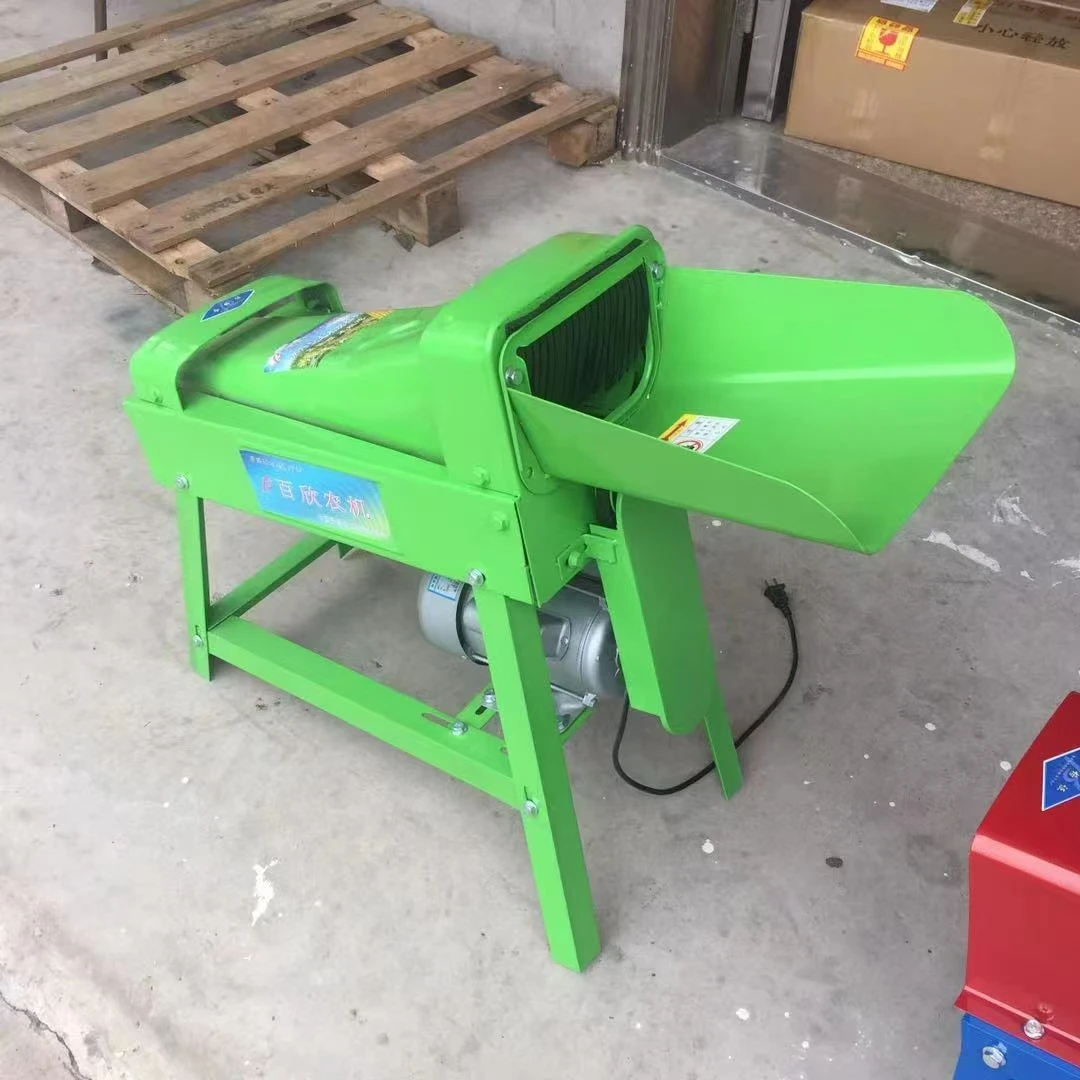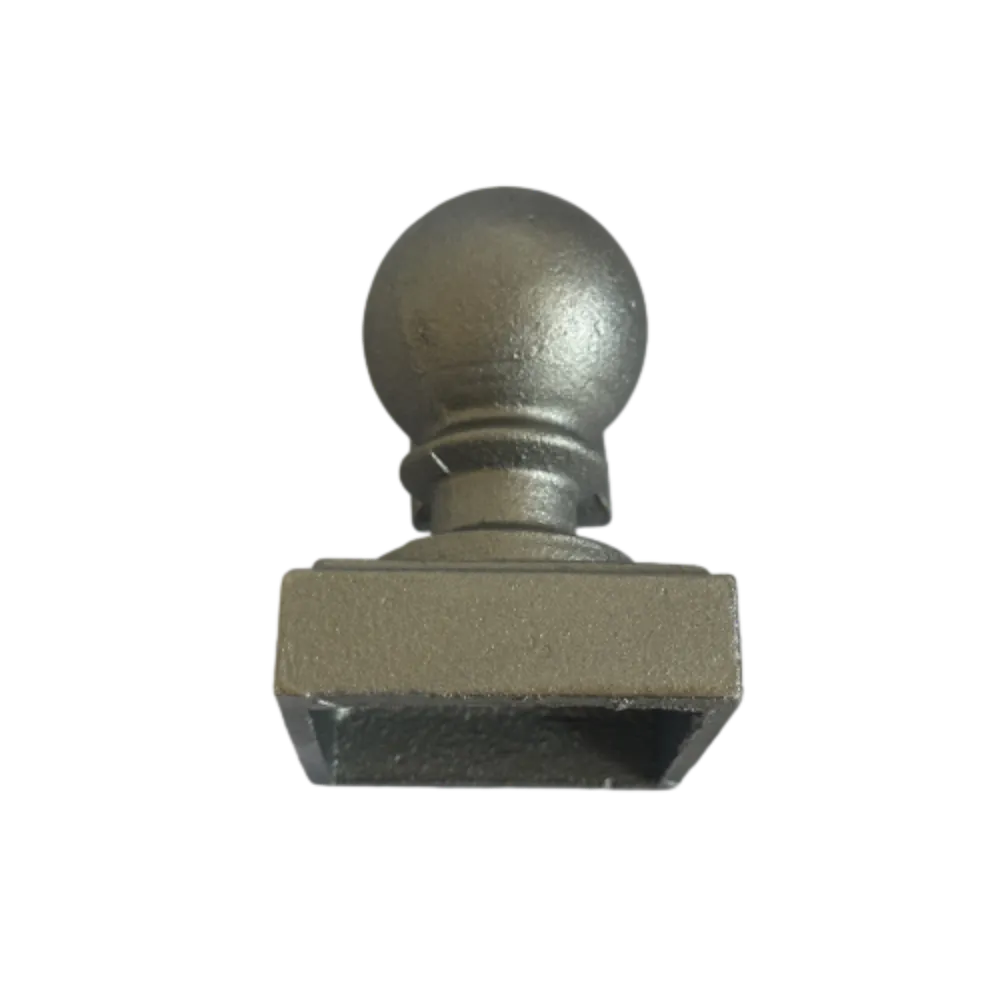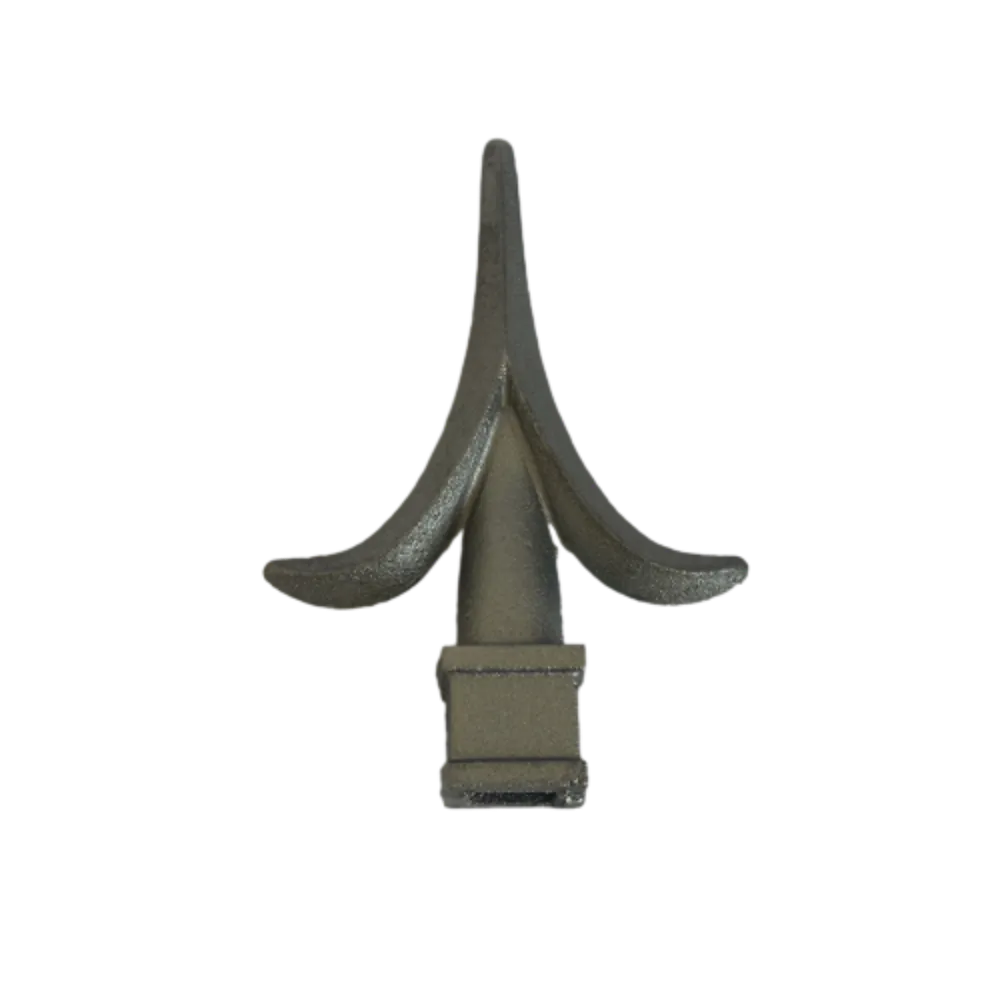Cast Iron Pipe and Fitting: Durable, Fire-Resistant Solutions for Plumbing and Drainage
In today’s construction and plumbing industries, durability and reliability are non-negotiable. That’s why cast iron pipe and fitting systems remain a preferred choice, especially for drainage, wastewater, and vent systems. Known for their strength, fire resistance, and sound-dampening qualities, cast iron pipe, cast iron fittings, and cast iron soil fittings offer long-term value in both residential and commercial infrastructure.
Whether you’re replacing outdated materials or specifying systems for new projects, understanding the different types of pipe fittings and their advantages is essential.
Why Choose Cast Iron Pipe?
Cast iron pipe is a traditional yet highly effective solution for transporting wastewater and rainwater. It’s made by casting molten iron into molds, resulting in a strong and dense pipe that can withstand high loads and corrosive environments.
Key benefits of cast iron pipe:
Durability: Cast iron has a long service life, often exceeding 50 years when properly maintained.
Fire resistance: It doesn't burn, melt, or emit toxic gases, making it ideal for fire-rated building assemblies.
Sound insulation: Cast iron significantly reduces noise transmission compared to PVC or other plastic pipes, a major advantage in multi-story buildings.
Strength: Suitable for underground installations and high-traffic areas due to its load-bearing capacity.
Common applications:
Drain-Waste-Vent (DWV) systems
Rainwater drainage
Sanitary sewer systems
Commercial buildings and hospitals
Modern cast iron piping is manufactured in compliance with international standards like ASTM A888, EN877, and ISO 6594, ensuring quality and compatibility across markets.
Understanding Cast Iron Fittings
Cast iron fittings are essential components used to connect and redirect pipe runs, making the system functional and adaptable to real-world layouts. They’re manufactured using the same durable iron as the pipes, ensuring consistent performance.
Types of cast iron fittings include:
Elbows (typically 90° or 45°): Change the direction of the pipe.
Tees and wyes: Allow for branch connections.
Reducers: Join pipes of different diameters.
Couplings and sleeves: Connect straight pipe sections.
End caps and plugs: Seal pipe ends or unused openings.
Cast iron fittings are often used in conjunction with cast iron soil fittings, which are specially designed for soil and waste drainage applications in buildings.
What Are Cast Iron Soil Fittings?
Cast iron soil fittings are a specific category of cast iron components designed for vent and drainage systems that handle soil and wastewater from toilets and sinks. These fittings are usually coated internally and externally to resist corrosion and comply with strict sanitary regulations.
They are designed for:
Vertical soil stacks
Horizontal waste drains
Vent piping systems
In modern buildings, these fittings are prized for their durability and compatibility with acoustic insulation and fire-rated wall penetrations.
Comparing Pipe Fittings Materials: Why Cast Iron Still Leads
While plastic (PVC/CPVC) and copper are also widely used in plumbing, cast iron pipe and fitting systems offer distinct advantages in certain applications:
|
Feature |
Cast Iron Pipe |
PVC Pipe |
Copper Pipe |
|
Sound Insulation |
Excellent |
Poor |
Moderate |
|
Fire Resistance |
High |
Low |
High |
|
Durability (years) |
50+ |
25–40 |
40–60 |
|
Load-bearing Capability |
Very High |
Low |
Moderate |
|
Environmental Impact |
Recyclable |
Limited |
Recyclable |
In commercial construction, especially in high-rises, hospitals, and public buildings, cast iron fittings remain the material of choice for soil and waste systems.
Installation and Joint Options
There are two common joint methods for cast iron systems:
Hubless (no-hub) systems: Use stainless steel clamps and rubber gaskets. Popular in North America for quick installation.
Socket and spigot systems: Use lead and oakum or rubber gaskets, still widely used in parts of Europe and Asia.
No-hub cast iron systems are easier and faster to install, require less skill, and allow for easier maintenance and repair.
Where to Buy Cast Iron Pipe and Fitting
Quality matters. When purchasing cast iron systems, consider:
Compliance with standards like ASTM A888, EN877, ISO 6594
Manufacturer certifications for corrosion resistance and quality
Variety and availability of sizes and fitting types
Customer support and technical documentation
Maintenance and Lifespan
Cast iron systems require minimal maintenance. However, to ensure longevity:
Avoid using harsh chemical drain cleaners
Inspect joints periodically in accessible areas
Ensure proper slope and support during installation to prevent sagging or cracking
When needed, damaged sections can be replaced without dismantling the entire system, especially in hubless setups.
Cast Iron Pipe and Fitting FAQs
Q1: Are cast iron pipes still used in new construction?
A: Yes. While other materials are also used, cast iron is still preferred in many commercial, institutional, and multi-family buildings for its strength, fire resistance, and noise reduction.
Q2: How long do cast iron pipes last?
A: With proper installation and care, cast iron piping systems can last 50–100 years, depending on environmental conditions.
Q3: What is the difference between cast iron fittings and cast iron soil fittings?
A: All cast iron soil fittings are a type of cast iron fitting, but they are specifically designed for soil and waste drainage systems and often feature internal coatings.
Q4: Are cast iron pipe systems expensive?
A: They can be more costly upfront than plastic alternatives, but they offer long-term savings due to their longevity and minimal maintenance needs.
Q5: Can cast iron be recycled?
A: Yes. Cast iron is 100% recyclable, making it a more sustainable choice compared to many plastic systems.
-
Plough Wheel Cast Iron Material Enhances Load-BearingAktualnościNov.10,2025
-
Cast Iron Cooking Stove Heat Retention Ensures Even Food HeatingAktualnościNov.10,2025
-
Rubber Strip Shock Absorption Protects Window EdgesAktualnościNov.10,2025
-
Aluminum Profiles High Corrosion Resistance Suits Coastal AreasAktualnościNov.10,2025
-
Window Handle Aluminum Material Ensures Lightweight DurabilityAktualnościNov.10,2025
-
Sliding Roller Plastic Housing Fits Aluminum Sliding WindowsAktualnościNov.10,2025
-
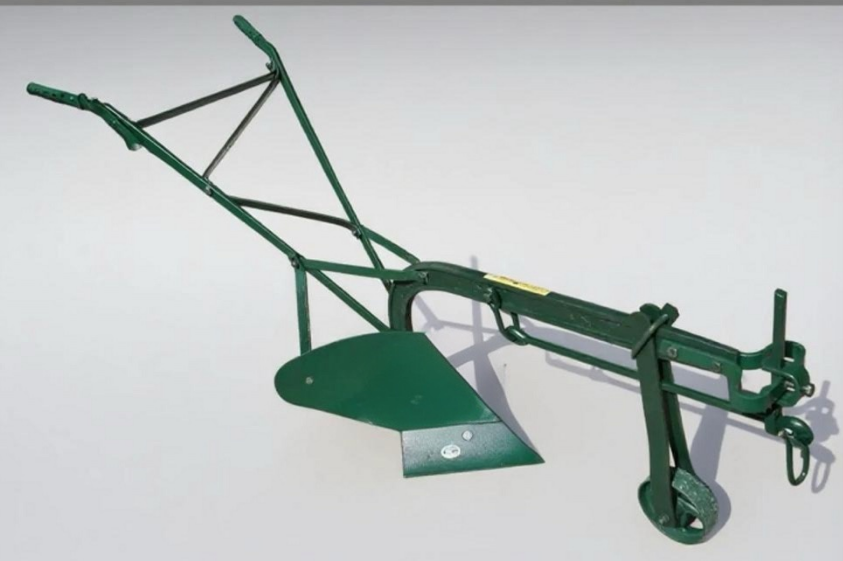 Plough Wheel Cast Iron Material Enhances Load-BearingNov-10-2025Plough Wheel Cast Iron Material Enhances Load-Bearing
Plough Wheel Cast Iron Material Enhances Load-BearingNov-10-2025Plough Wheel Cast Iron Material Enhances Load-Bearing -
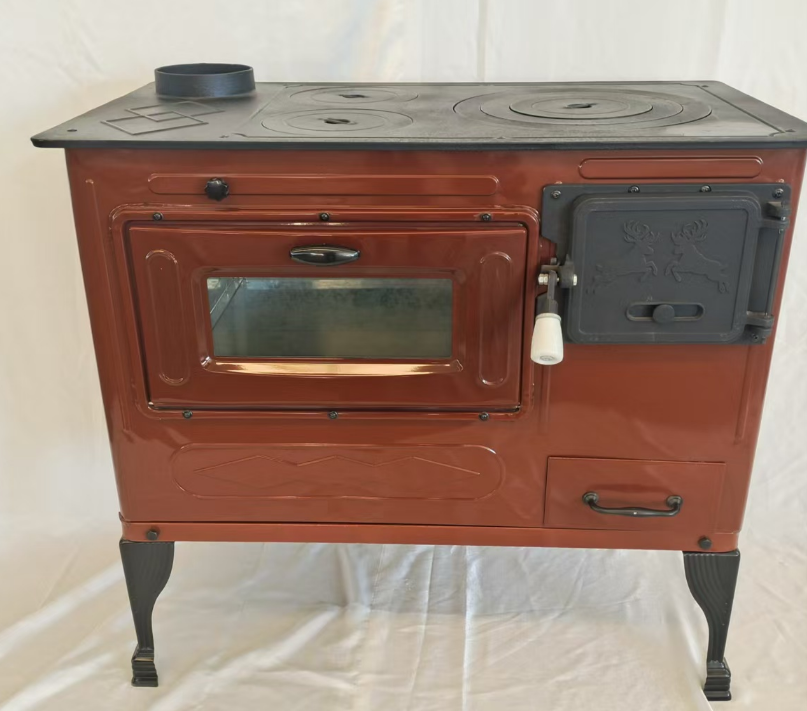 Cast Iron Cooking Stove Heat Retention Ensures Even Food HeatingNov-10-2025Cast Iron Cooking Stove Heat Retention Ensures Even Food Heating
Cast Iron Cooking Stove Heat Retention Ensures Even Food HeatingNov-10-2025Cast Iron Cooking Stove Heat Retention Ensures Even Food Heating -
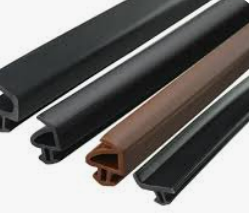 Rubber Strip Shock Absorption Protects Window EdgesNov-10-2025Rubber Strip Shock Absorption Protects Window Edges
Rubber Strip Shock Absorption Protects Window EdgesNov-10-2025Rubber Strip Shock Absorption Protects Window Edges







